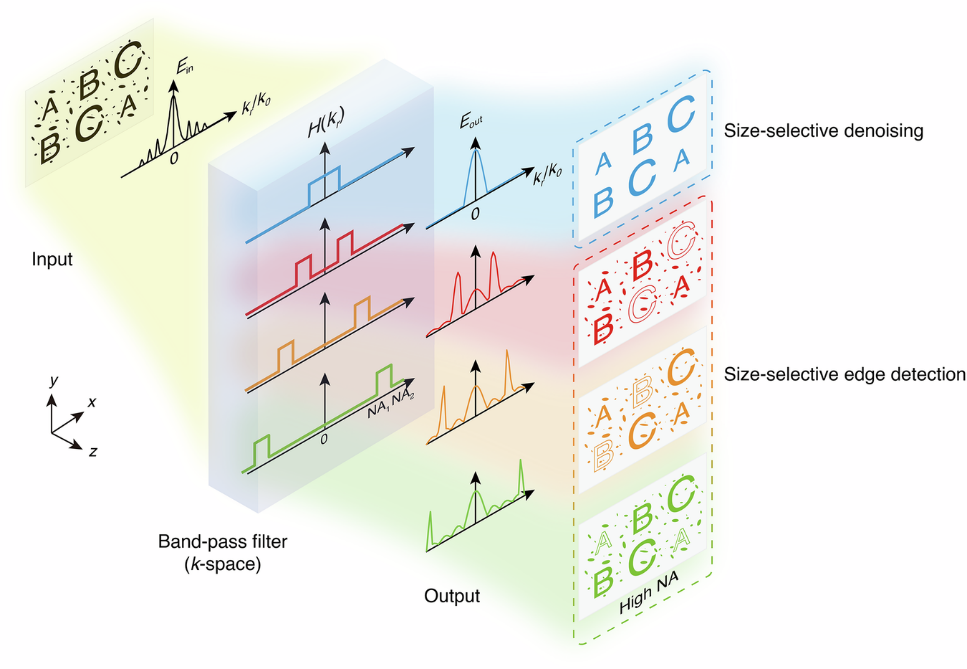
In the age of data-driven technologies, optical computing—which processes information using light instead of electricity—has emerged as a promising frontier. Unlike traditional electronic processors, optical systems can perform computations at the speed of light with extremely low energy consumption.

Researchers from the Changchun Institute of Optics, Fine Mechanics and Physics, Chinese Academy of Sciences, have developed a novel nanoplatform that integrates photothermal therapy (PTT), ferroptosis, and immunotherapy to combat tumors.

Researchers from the Changchun Institute of Optics, Fine Mechanics and Physics, Chinese Academy of Sciences have developed a new nanoplatform that integrates dual-modality photodynamic therapy (PDT) and hypoxia-triggered chemotherapy, as reported in a recent study published in Small.

A recent study published in Sensors introduces a new high-speed, broadband photodiode that can detect wavelengths across the critical 850–1550 nm range. This research, developed by a team from the Changchun Institute of Optics, Fine Mechanics, and Physics, Chinese Academy of Sciences, marks a step forward for optical sensing and communication systems.

Inorganic Chemistry recently featured a study by researchers from Chongqing University of Posts and Telecommunications and the Changchun Institute of Optics, Fine Mechanics and Physics, Chinese Academy of Sciences, unveiling a breakthrough in upconversion (UC) luminescent materials.

Published in Nano Letters, a team of scientists from the Changchun lnstitute of Optics, Fine Mechanics and Physics, Chinese Academy of Sciences and Northeast Normal University reported a novel method to identify the crystal phases of layered gallium sulfide (GaS).
